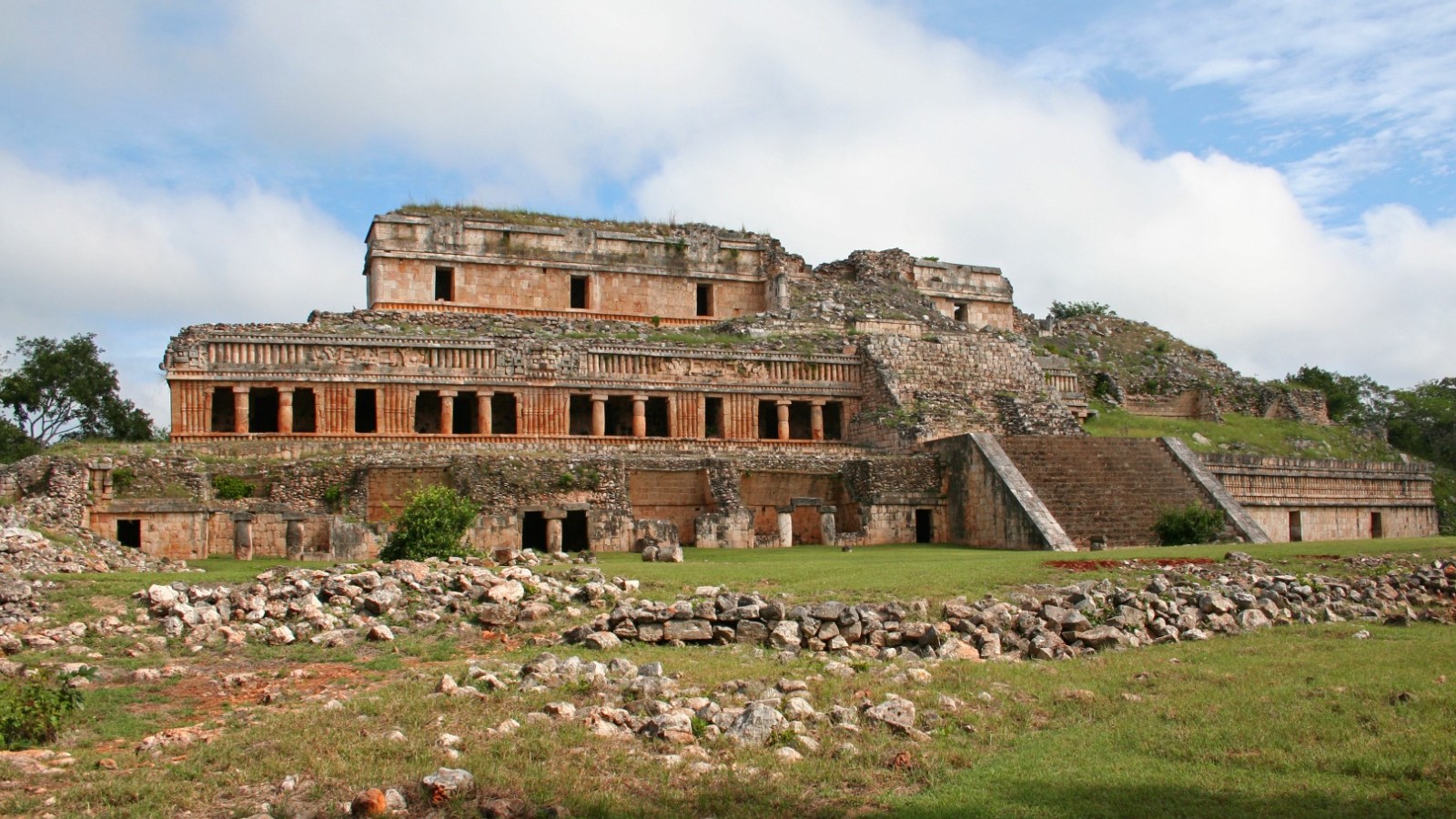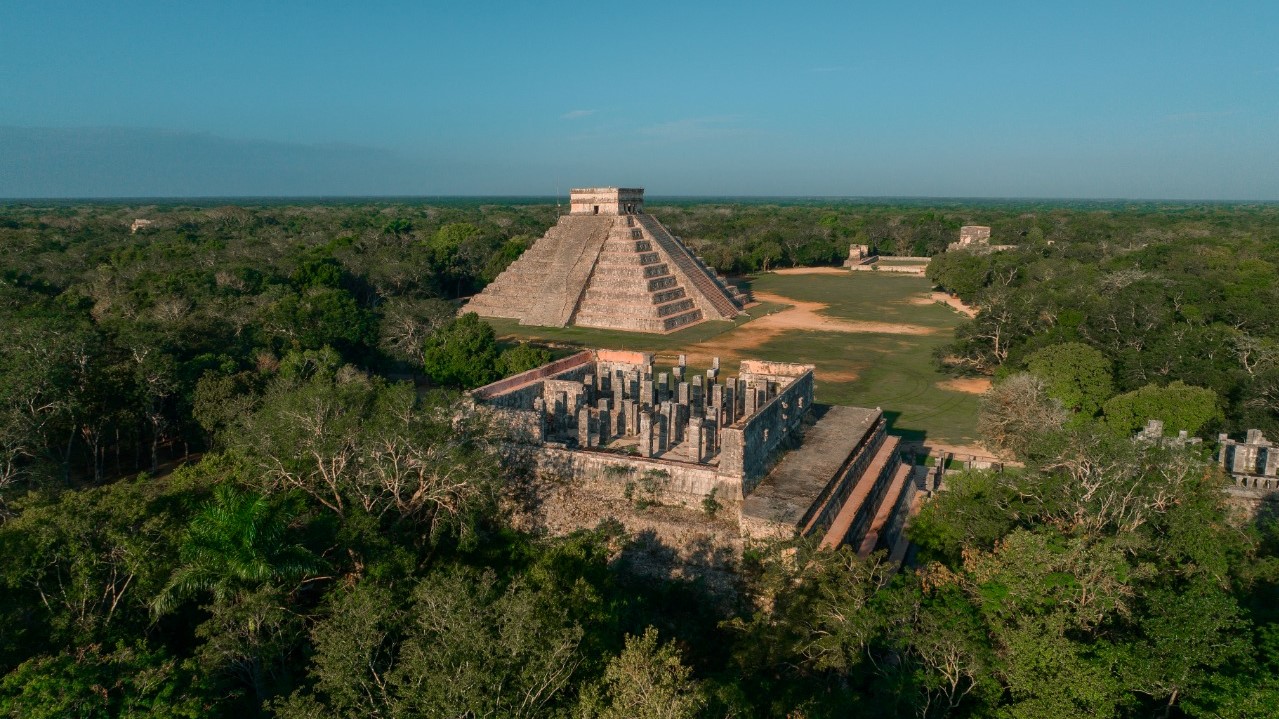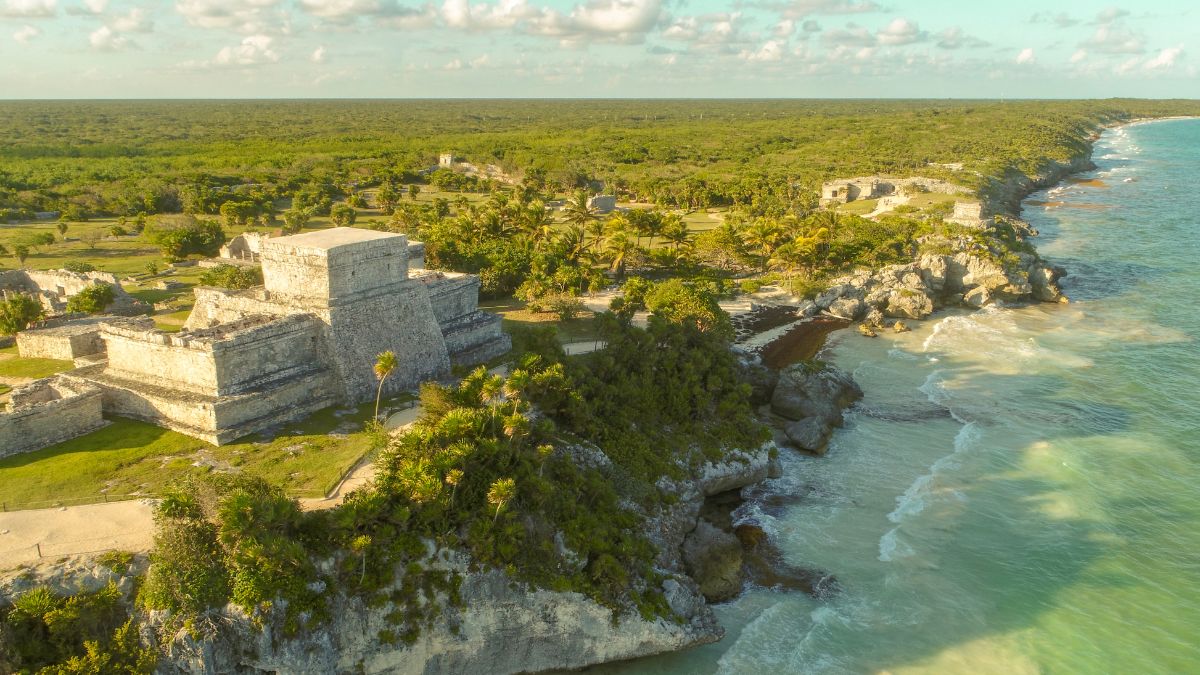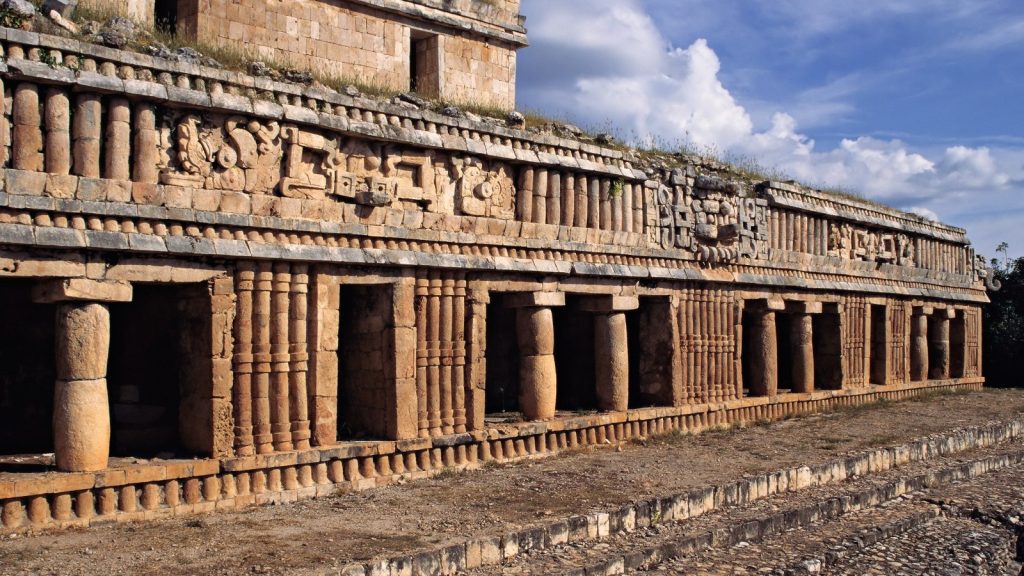
Archaeological tourism, the new trend in Mexican Caribbean
October 30, 2023
The Mexican Caribbean is solidifying its position as the premier destination for the burgeoning trend of archaeological tourism, particularly in the exploration of Mayan civilizations.
Numerous ancient Mayan sites scattered throughout the region are now more interconnected than ever. Coupled with extensive promotion by local tourism boards, they are getting tourists flocking to these destinations to catch a glimpse of the awe-inspiring ruins.
Local authorities are actively working to expand and reopen previously unexplored territories linked to these ancient sites, which date back thousands of years. Their efforts have proven successful, as the tourism sector in the Mexican Caribbean is currently experiencing an unprecedented boom.
What were once challenging locations to access from popular tourist destinations such as Cancun and Tulum are now easily connected through the Maya train. This transportation system aims to open up the entire region, allowing both tourists and locals to explore previously unseen archaeological and environmental zones.
Here are three archaeological sites worth visiting on your upcoming vacations.
Chichén Itzá, Cancun

The most frequently visited site in the entire region is Chichén Itzá, likely due to its close proximity to the most popular destination in the region, Cancun. Chichen Itza is a pioneer site for archaeological tourism in Mexico.
Encompassing a span of over a 1,000-year history and dating back to approximately 600 A.D., this awe-inspiring site showcases temples, pillars, and pyramids. its structures were remarkably advanced in terms of both technicality and architecture during its time.
The towering structure known as El Castillo serves as the tallest edifice, accompanied by the Great Ball Court, the Osario Pyramid, and the Temple of the Warriors. They are all noteworthy areas to explore.
Additionally, Chichen Viejo, a neighboring site that had been inaccessible to the public for several decades, has recently reopened this year and is said to be an essential sight to behold.
Tulum Ruins, Tulum

Tulum, a highly frequented destination for archeological tourism, boasts remarkable ruins perched atop its coastal cliffs, offering a breathtaking view of the azure ocean below.
Despite its smaller scale compared to Chichén Itzá, these ruins provide a captivating glimpse into life thousands of years ago, when Tulum served as a significant port town in the Caribbean. It attracted numerous Columbian tradesmen who marveled at the impressive structures lining the shoreline.
Among these structures, the Temple del Dios de Vento stands out as the most photographed. This temple derives its name from a deity depicted above its entrance. Particularly during the spring equinox, the temple becomes an iconic sight as a beam of sunlight filters through, aligning perfectly with the image below. This celestial phenomenon imbues the place with a heavenly and spiritual ambiance.
Situated amidst a couple of beaches, Tulum offers a unique opportunity among ancient Mayan sites. After exploring the ruins to your heart’s content, you can take a refreshing dip in the ocean to cool off.
Sayil, Campeche

Once the Maya Train is operational, you can travel further afield to locations like Sayil in Campeche if you’re looking for less well-known spots and want to avoid the crowded and bustling ancient sites described above.
Sayil, a groundbreaking Mayan settlement with mind-blowing palaces and temples, is located in Campeche. It is still less well-known, but soon to be more well-liked part of the archaeological tourism route in the Mexican Caribbean. The new train route is intended to contribute to this growth in popularity.
Once more, this site’s sophisticated architecture is sure to captivate you. Its sophisticated water collection system played a significant role in the agricultural development of the area thousands of years ago.
With the billion-dollar Maya Train project, this site and numerous more are finally being connected and made public in the hopes of sustaining this popular tourism trend.
More Things To Do
------ADVERTISEMENT------
------ADVERTISEMENT------
------ADVERTISEMENT------
------ADVERTISEMENT------


